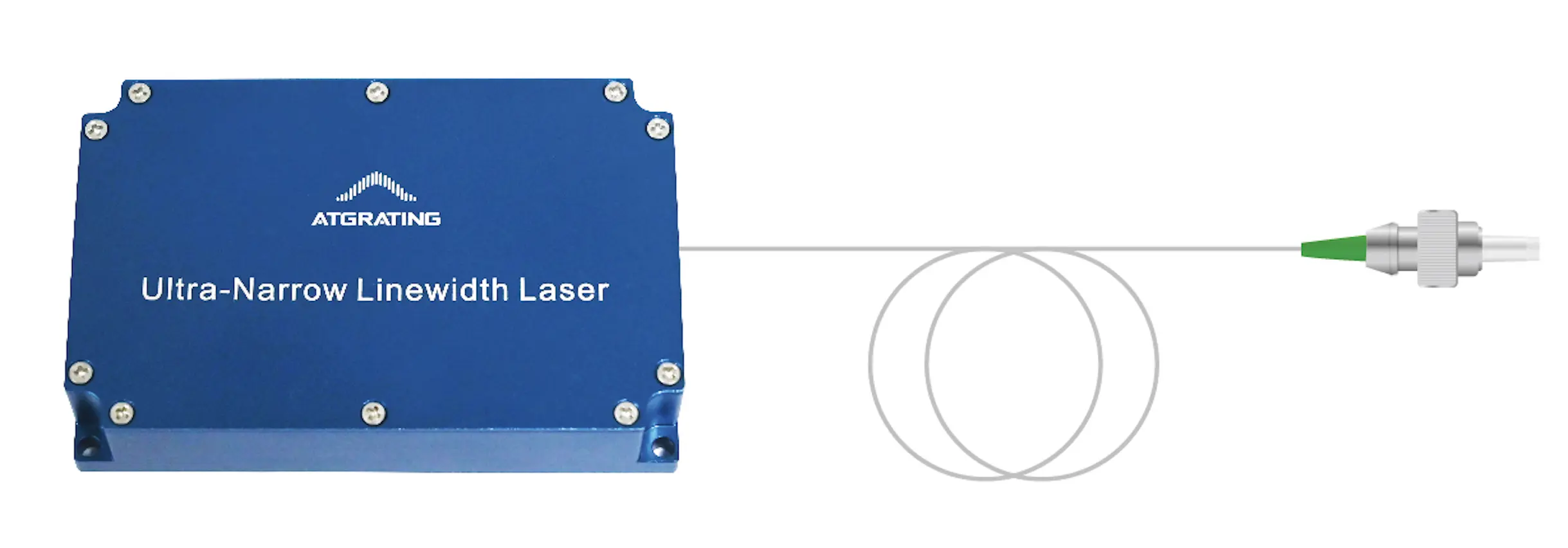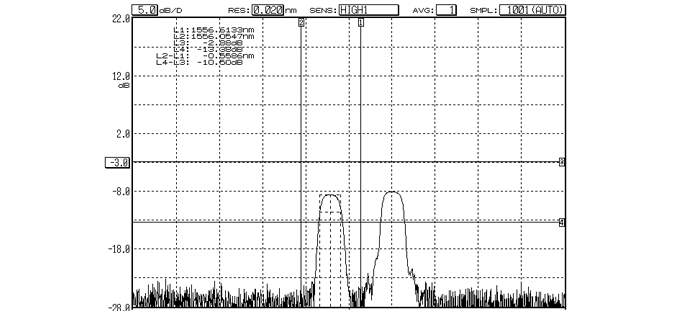The role of fiber optic sensors is probably clear to everyone, but friends often ask which fiber optic sensor is better. Today we will make a comparison and see which fiber optic sensor is better.
It can be said that they both have high accuracy and can meet the needs of most applications. However, if we go deeper, theoretically, fiber optic sensors can achieve higher accuracy. From a processing perspective, the sensing accuracy of FP mainly depends on the processing accuracy of the cavity length, while the accuracy of FBG mainly depends on the control of the grating pitch and effective refractive index. When the processing accuracy is guaranteed, FBG will win with its excellent linearity in measurement mechanism. In addition, the reflected light of the fiber optic grating in the frequency domain is sharper than the interference of FP, so the measurement of the center spectrum line should also be more precise. The accuracy of fluorescence temperature measurement mainly depends on the characteristics of the fluorescent substance stimulated to emit fluorescence and the detection of changes in fluorescence intensity. At the current level of technological processes, its measurement accuracy is comparable to the first two technologies. Its cost will vary with accuracy and measurement range. However, in practical products, the measurement accuracy is affected by the specific manufacturer's materials, process processing level, signal demodulator resolution and other objective factors, which also requires specific comparison for specific products.
In this regard, FBG undoubtedly has a significant advantage. The characteristics of fiber optic gratings themselves make each sensing point utilize only a relatively small portion of the light source component, and most of the light passes through and continues to propagate. As mentioned above, up to 30 gratings can be used on a single fiber, and the transmission distance can exceed 45km. This feature undoubtedly brings great convenience to networking. At the same time, the use of technology such as wavelength division multiplexing also improves the feasibility of this technology. In general, FBG is very suitable for large-scale distributed measurement with multiple nodes. As for FP and fluorescence, they will be easier to implement for small-scale networks.
The complexity of FP and fluorescence systems should be lower than FBG, with fluorescence being the simplest. As explained in the principle section, the final measurement of the first two fiber optic sensor technologies is due to the weak signal of FBG and the need for multiple demodulation, making its system far more complex than FP. Fluorescence belongs to light intensity detection, which is relatively simpler.
The response frequency depends more on the design of the network and the response speed of the filtering and demodulation equipment. FBG requires a high-performance demodulation and demultiplexing receiving end, and the processing capability of the receiving end often affects its response frequency. FP and fluorescence can generally guarantee response frequency due to their relative simplicity.
FBG requires a high-power broadband light source or tunable light source. The requirements of FP and fluorescence are much lower due to the strong reflected signal of FP and the fluorescence source only needs to excite fluorescence.
In summary, fiber optic sensors are generally considered suitable for large-scale, complex, and high-precision low-temperature distributed sensing networks. FP and fluorescence have advantages such as fast response frequency, small probe size (micron level), and long light source life, which are suitable for flexible, small, and simple sensing systems. Fluorescence is particularly advantageous for high-temperature measurement and low cost.

